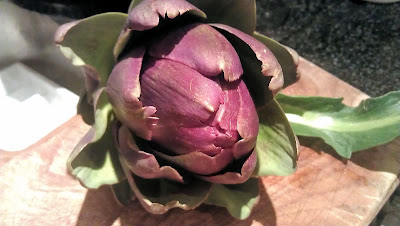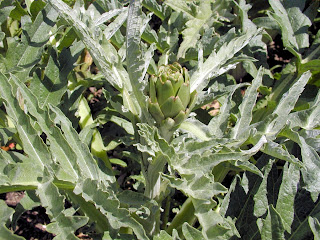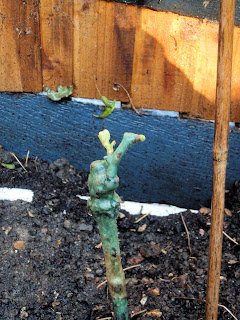The part of the artichoke that we eat is actually the flowerbud. Once the bud has opened and is in flower the bloom is spectacular, but now inedible. You want to cut your artichoke when the bud is plump and firm, and the leaf scales are still packed tightly around the heart. You can pick them when small and cook as baby artichokes – when the choke is soft and undeveloped and can be eaten whole – or leave them to grow bigger so you can eat them in traditional style, pulling off each fleshy leaf before lifting off the hairy part of the choke and dipping the rest in dressing.
In the first year, the main stem of the vine will grow. Keep this on the straight and narrow by loosely tying it to the stake. Use a soft tie rather than plastic wire.
- Pick leaves in spring when the leaves are young, tender and pale green.
- Pick reasonably sized leaves, big enough to wrap around a filling.
- Pick whole leaves, nothing damaged or with holes in them.
- Be 100% sure that they have not been sprayed with any pesticide/fungicide/pesticide.
- Be 100% sure that they are grapevine leaves and not the next plant along.
They need to be blanched before you can use them. Rinse under the tap to make sure you get rid of dust, dirt or even any little creepy crawlies.
For more on preparing and using vine leaves, see MsMarmiteLover’s comprehensive blog post here.










I love artichokes – so I found this all very interesting. Also saw your daughter has left – hope you don't feel her absence too much and feel down. I remember when my boyf left home when I was 16 and his mother got very weepy… But it seems you are keeping yourself busy! xxx